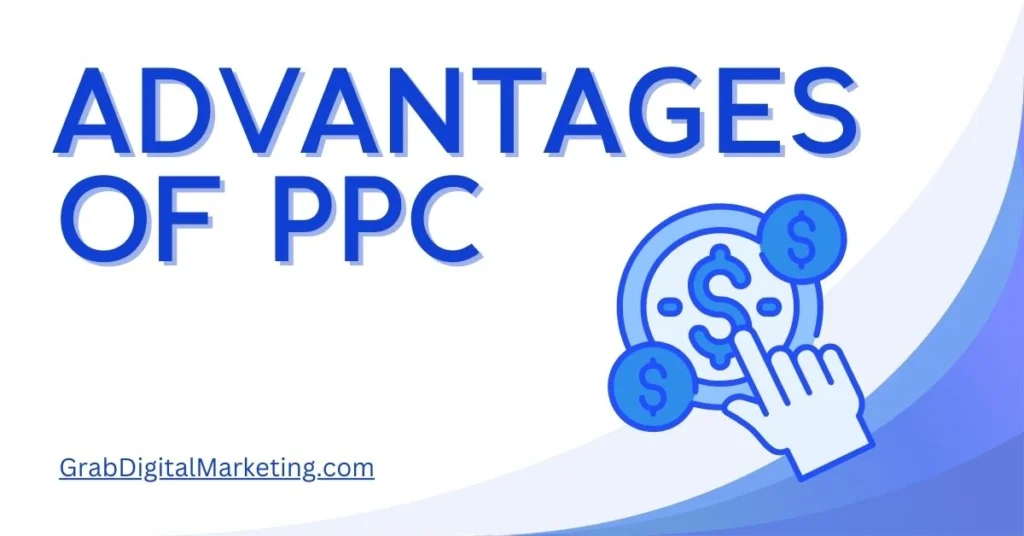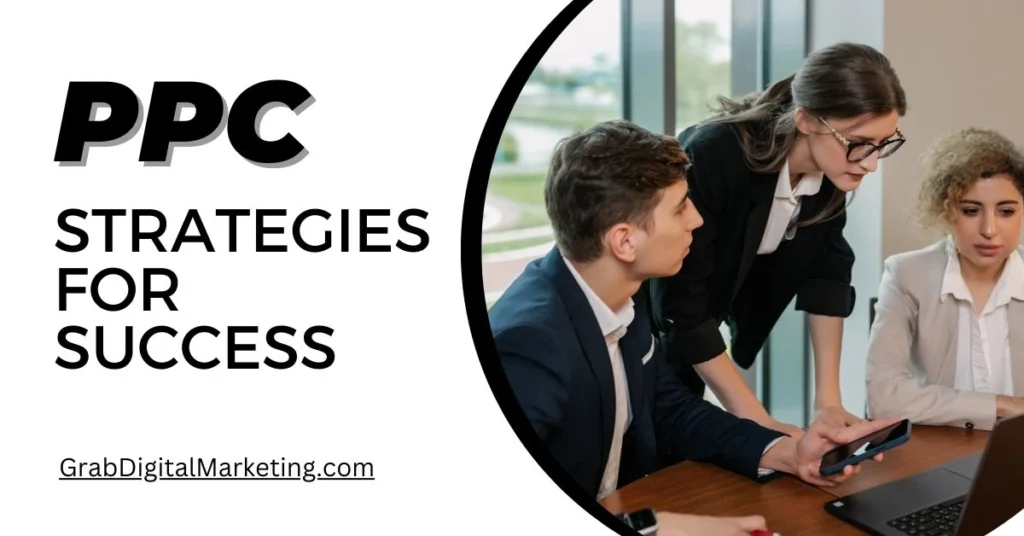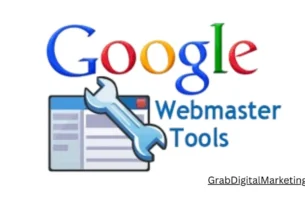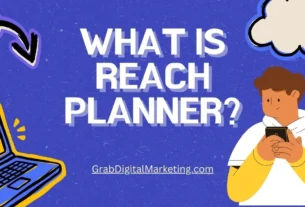Table of Contents
Understanding Pay-Per-Click (PPC)
Pay-per-click (PPC) is a digital marketing model in which advertisers pay a fee each time their ad is clicked. It is essentially a way of buying visits to your site, rather than attempting to “earn” those visits organically. Search engine advertising is one of the most popular forms of PPC. It allows advertisers to bid for ad placement in a search engine’s sponsored links when someone searches for a keyword related to their business offering.
How PPC Works

1. Keyword Research and Selection:
- At the core of PPC is keyword selection. Advertisers conduct extensive research to identify the keywords that potential customers use when searching for products or services. Keywords should be relevant, specific, and aligned with the user’s search intent.
2. Ad Creation:
- Once keywords are selected, the next step is to create compelling ad copies. These ads should be clear, concise, and include a strong call-to-action (CTA) to encourage clicks. Typically, they consist of a headline, description, and display URL.
3. Ad Auction:
- When a user searches, an auction takes place for the available ad slots. Advertisers bid on keywords, indicating the maximum amount they’re willing to pay for a click. However, the highest bid doesn’t necessarily guarantee the top position. Ad ranking is determined by several factors, including bid amount, ad relevance, and Quality Score.
4. Ad Placement:
- Based on the auction outcome, the ads are placed on the search engine results page (SERP). Ads can appear at the top, bottom, or side of the SERP, depending on the platform’s layout and the advertiser’s bid and Quality Score.
5. Clicks and Payments:
- When a user clicks on an ad, they are directed to the advertiser’s website or landing page. The advertiser then pays the bid amount for that click, hence the name “Pay-Per-Click.” The cost-per-click (CPC) varies based on keyword competitiveness, bid amount, and ad quality.
6. Landing Page Optimization:
- The effectiveness of a PPC campaign depends heavily on the landing page’s quality. A well-designed landing page should be relevant to the ad, offer valuable information, and include a clear CTA to convert visitors into customers. Optimizing landing pages can significantly improve conversion rates.
Key Components of PPC Campaigns

1. Keywords:
- The foundation of any PPC campaign. Keywords are the terms users enter into search engines, and advertisers bid on these terms to display their ads.
2. Ad Groups:
- Ad groups contain one or more ads and a set of related keywords. Organizing keywords into ad groups helps ensure that ads are relevant to the search queries.
3. Bids and Budget:
- Advertisers set the maximum bid amount they are willing to pay for each click and allocate a daily or monthly budget to control spending. Bids can be adjusted based on performance to maximize ROI.
4. Ad Copy:
- The text or content of the ad. Effective ad copy should be engaging, and relevant, and include a strong CTA.
5. Landing Pages:
- The destination URL where users are directed after clicking the ad. Landing pages should be optimized for conversions and provide a seamless user experience.
6. Quality Score:
- A metric used by search engines to evaluate the quality and relevance of an ad. It is based on factors such as click-through rate (CTR), ad relevance, and landing page experience. A higher Quality Score can lead to lower CPCs and better ad positions.
Advantages of PPC

1. Immediate Results:
- PPC campaigns can generate immediate traffic and results. Once the campaign is set up and ads are live, businesses can start receiving clicks and conversions almost instantly.
2. Targeted Advertising:
- PPC allows for precise targeting based on keywords, demographics, location, device, and more. This ensures that ads are shown to the right audience, increasing the chances of conversion.
3. Measurable and Trackable:
- PPC provides detailed performance metrics, allowing advertisers to track clicks, impressions, conversions, and ROI. This data helps refine and optimize campaigns for better results.
4. Flexibility and Control:
- Advertisers have full control over their PPC campaigns, including ad copy, budget, bids, and targeting options. Campaigns can be adjusted in real time to adapt to changing market conditions.
5. Brand Exposure:
- Even if users don’t click on the ads, PPC can increase brand visibility and awareness by displaying ads at the top of search results.
6. Cost-Effective:
- PPC allows businesses to set their budget and bid amounts, ensuring that they only pay for actual clicks. This makes it a cost-effective advertising method, especially for small businesses.
PPC Strategies for Success

1. Conduct Thorough Keyword Research:
- Use keyword research tools to identify high-performing keywords with high search volume and low competition. Focus on long-tail keywords for more specific targeting.
2. Create Compelling Ad Copy:
- Craft engaging ad copy that highlights the unique selling points (USPs) of your products or services. Include a clear CTA to encourage clicks.
3. Optimize Landing Pages:
- Ensure that landing pages are relevant to the ad and provide a seamless user experience. Include persuasive content, visuals, and CTAs to drive conversions.
4. Monitor and Analyze Performance:
- Regularly review campaign performance metrics, such as CTR, conversion rate, and ROI. Use this data to identify areas for improvement and make data-driven decisions.
5. A/B Testing:
- Conduct A/B tests to compare different ad copies, landing pages, and targeting options. This helps identify the most effective elements and optimize campaigns for better results.
6. Adjust Bids and Budget:
- Continuously monitor bid amounts and adjust them based on performance and competition. Allocate the budget to high-performing keywords and ad groups.
Conclusion
Pay-per-click (PPC) advertising is a powerful and versatile digital marketing tool that can drive immediate results, targeted traffic, and measurable ROI. By understanding how PPC works and implementing effective strategies, businesses can maximize the benefits of this advertising model and achieve their marketing goals.Phew! That’s quite the deep dive into the world of PPC advertising. Remember, while PPC can be incredibly effective, it requires careful planning, continuous monitoring, and optimization to achieve the best results.



